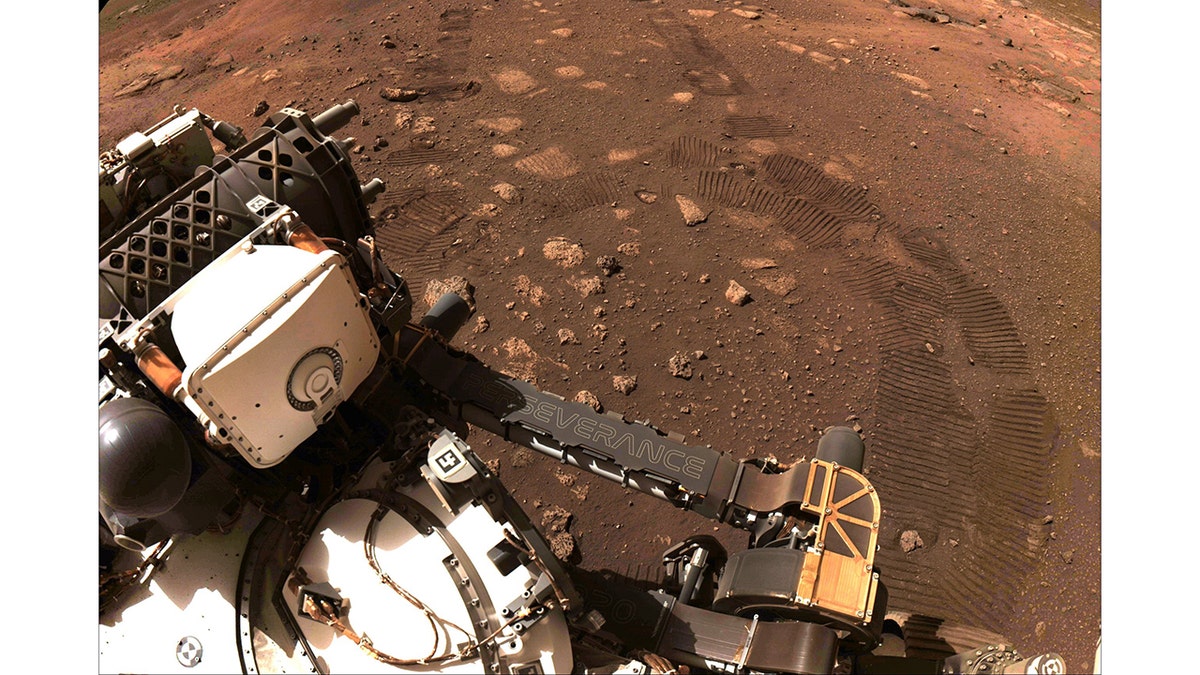Scientists at NASA have reported an exciting detection by its Insight lander on Mars - mysterious rumblings coming from the interior of the planet.
The researchers believe the seismic events may be caused by a sudden release of energy from the planet's interior, but the nature of that release remains unknown and puzzling.
Intriguingly, the new rumblings are believed to have originated in a location on Mars called Cerberus Fossae, where two other previous candidate events are believed to have originated.
Although these rumblings have sometimes been called "Marsquakes" the planet is not believed to have a similarly active tectonic system like Earth's that causes earthquakes.

(NASA/JPL-Caltech)
And curiously, the previous seismic events detected by the space agency's InSight lander - which arrived on the planet's surface in 2018 - occurred almost a full Martian year ago, or two Earth years, during the Martian northern summer.
SPACEX ROCKET DEBRIS LANDS ON WASHINGTON STATE HOMEOWNER'S PROPERTY
Scientists had predicted this season would offer the lander its best opportunity to listen for quakes because the winds on the planet would become calmer.
InSight's seismometer, called the Seismic Experiment for Interior Structure (SEIS), is so sensitive that it has to be covered by a dome-shaped shield to block it from wind and prevent it from freezing when in use.
Despite that, the wind can still cause enough vibration to mask the seismic signals it is looking for, and so the NASA team has begun to trying to insulate the sensitive cable.
NASA RESEARCHERS DISCOVER FIRST X-RAYS FROM URANUS
To do this the team deployed the scoop on the end of InSight's robotic arm to shimmy soil on top of the dome-shaped shield, allowing it to trickle down onto the cable.
The intention is to allow the soil to get as close to the shield as possible without interfering with its seal with the ground.
Burying the seismic tether itself is one of the goals of the next phase of the mission, which NASA recently extended by two years to December 2022.
SEE IT: NASA'S CURIOSITY ROVER TAKES MARS SELFIE
But despite the interruption that the wind is causing to InSight's seismometer, it isn't giving much of a hand to the lander's solar panels which remain covered with dust.
Power is now running low as Mars moves away from the sun, although energy levels are expected to pick up against after July when the planet begins to approach the sun again.
Until then, the team is going to turn off InSight's instruments one by one so it can hibernate, waking only periodically to check its own health and sent a message back to Earth.
CLICK HERE TO GET THE FOX NEWS APP
NASA said the team hopes to keep the seismometer on for another month or two before it has to be turned off.
To read more of Sky News, click here.
